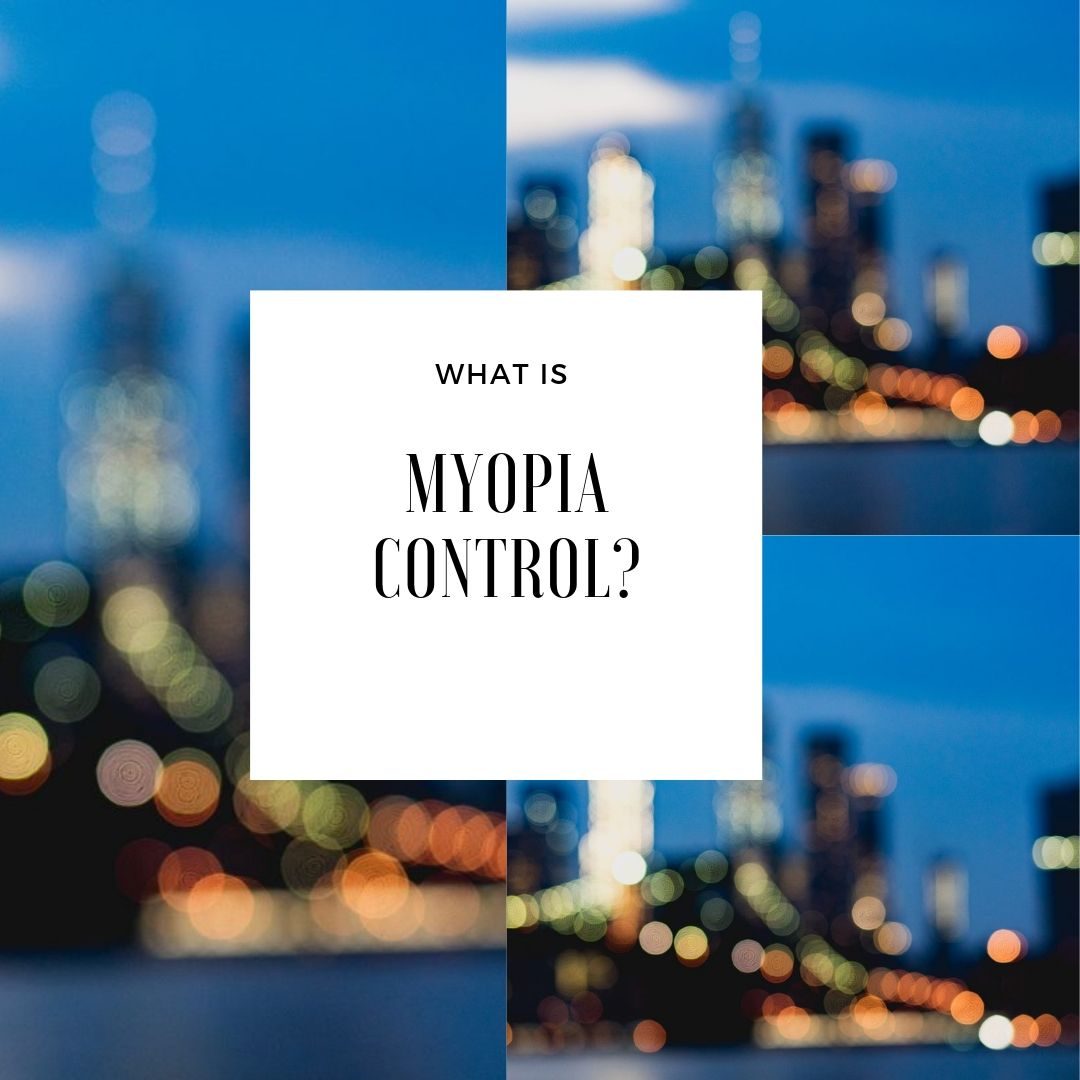A person is considered nearsighted, (medical term, Myopia), when they are not able to see far and this is usually because the shape of their eye is longer than normal. The amount of people who are nearsighted is increasing and research suggests that by the year 2050, 50% of the Global Population may be nearsighted. This astonishing number is most likely due to lifestyle changes such as increase in computer and electronic device use and less time out doors.
In most cases, people with myopia are able to correct their vision with glasses, contacts, and lasik when they are older, but when the levels of nearsightedness increase so does their chances of sight threatening conditions like retinal detachments.
Luckily, there have been many studies done on ways to control the amount of myopia that can develop and I think it is important to shine light on these to help prevent our children from developing eye problems that are a result of increasing nearsightedness.
My three favorite treatment options to help control myopia are:
- Multifocal contact lenses
- Orthokeratology aka Ortho-K
- Multifocal eyeglasses
Below you will find a quick read on each of these promising ways to help slow down the progression of nearsightedness.
Multifocal contact lenses
Multifocal contact lenses are lenses that have multiple prescription powers in them to help see both distance and near. The very center of the lens has full vision correction to see distance and the periphery of the lens has less vision correction. Multiple studies conducted on school age children noted that those who wore these special lenses had 30-50% less progression in nearsightedness than those who did not wear the multifocal contact lenses.

photo from village eye care center
Ortho- K
Orthokeratology is a rigid contact lens designed to be worn while sleeping at night to help correct myopia by manipulating the shape of the front of the eye so when the patient wakes up they do not need to wear glasses or contacts during the day. If the lenses are not worn regularly then the vision will go back to normal and the patient will need to wear glasses again to see. I like to think of it as wearing a retainer. If you don’t wear your retainer often at night then your teeth will begin to shift back to their original shape…. um, hello… I’ve had braces 2x because of this! Studies have pointed out that children who have worn Ortho- K lenses over several years may end up with less myopia when they are older.
Not all Eye Care Practitioners are trained to do Ortho- K, so you must do your research before consulting about this treatment option. You do not want to damage your child’s eye by wearing ill fitting rigid contact lenses.
On a personal note, I have done Ortho- k myself while I was in Optometry School. Although my vision did get better during the day, I felt like the lenses were uncomfortable for me and I never followed thru to get re- fitted. Ortho- K is a process and if a patient doesn’t comply or follow- up then it isn’t going to work.
Multifocal Eyeglasses
This option can help with myopia control but not as much as the multifocal contact lenses. The eyeglasses have different lenses in them for different distances, usually the top of the lens is for distance and the bottom portion of the lens is for near. If a child is not ready to wear contact lenses, I usually will have them wear multifocal eyeglasses as it is easy to prescribe and easy for the child to wear.

Photo from consumer affairs
The sooner nearsightedness is detected in children, the better the chances of one of these methods to help slow down the progression will work. A children’s eye exam by an Eye Care Practitioner should be done yearly starting at age 4-5. The child’s first eye exam should be around age 6 months as a baseline. Children will often times not complain about vision because they do not know what seeing clearly can really be like as they do not have a frame of reference. If you are interested in learning more about myopia control please ask your local Optometrist.










No Comments